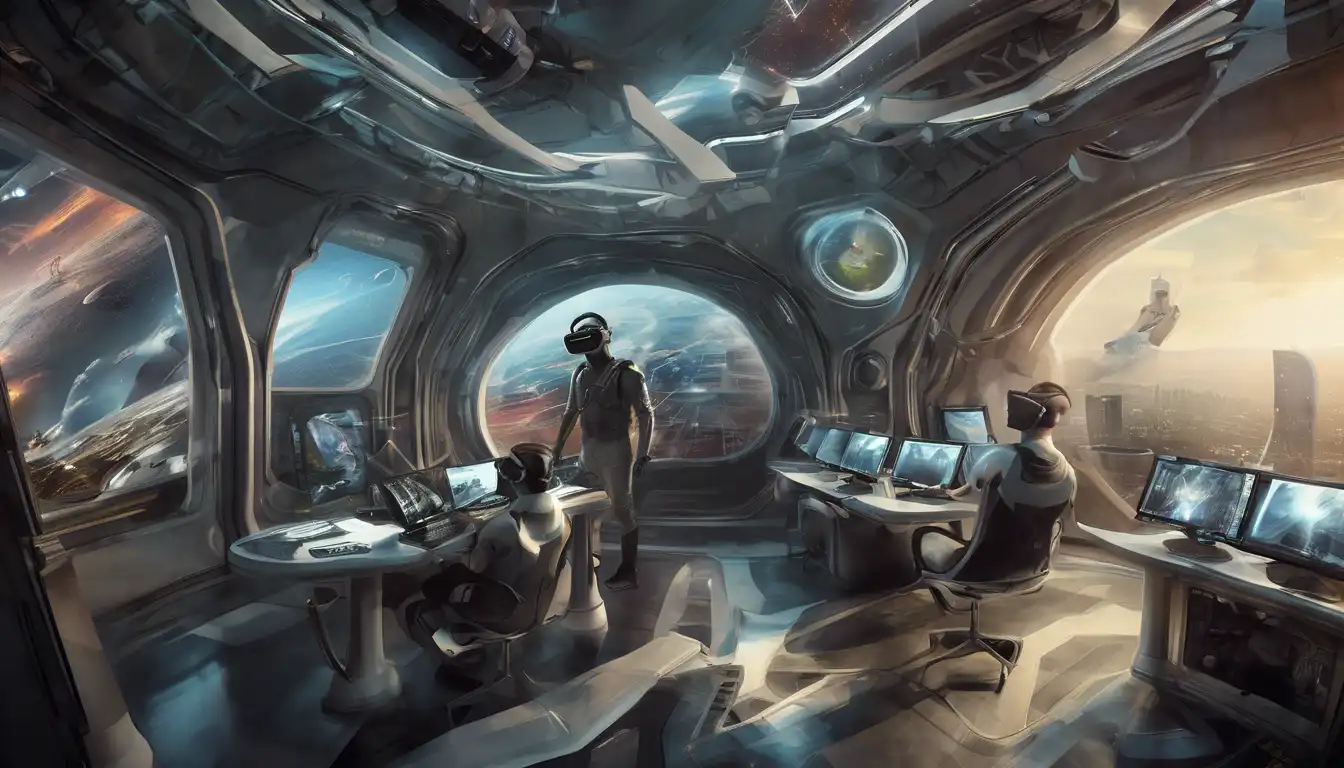Introduction to Virtual Reality
Virtual Reality (VR) has emerged as a groundbreaking technology that is reshaping how we interact with digital environments. From gaming to education, VR is paving the way for immersive experiences that were once the stuff of science fiction.
The Evolution of Virtual Reality
The journey of VR from a niche concept to a mainstream technology is a testament to human ingenuity. Early iterations were bulky and expensive, but today's VR systems are accessible and increasingly sophisticated, offering users unparalleled immersion.
Applications of Virtual Reality
VR's applications span across various sectors. In healthcare, it's used for surgical training and patient therapy. In education, VR creates interactive learning environments. The entertainment industry, especially gaming, has been transformed by VR's immersive experiences.
The Future of Virtual Reality
As technology advances, VR is expected to become even more integrated into our daily lives. With the development of lighter, more powerful headsets and the incorporation of AI, the potential for VR is limitless.
Challenges and Considerations
Despite its potential, VR faces challenges such as high costs, the need for powerful hardware, and concerns over user safety and privacy. Addressing these issues is crucial for VR's widespread adoption.
Conclusion
Virtual Reality stands at the forefront of technological innovation, offering endless possibilities. As we continue to explore its potential, VR is set to redefine our digital and physical worlds.
For more insights into the latest in technology, check out our tech trends section.
